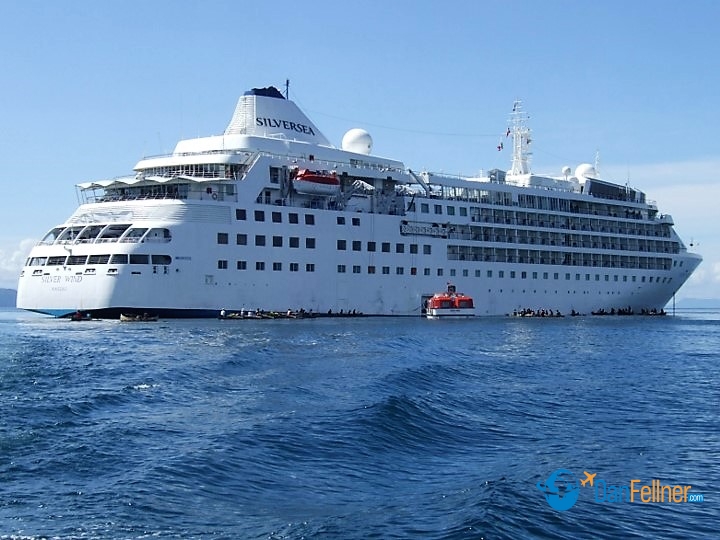New task force created to make Indian Ocean waters safer
The Arizona Republic – February 22, 2009
INDIAN OCEAN OFF THE COAST OF EAST AFRICA — “If they come, we will deal with it.”
It is 6:30 a.m., just after sunrise, and a security guard is on Deck 9 peering out over the railing on the Silversea Silver Wind, a luxury cruise ship carrying 400 passengers and crew. Two of his colleagues are patrolling other decks. Armed only with two-way radios, they have been walking in circles around the ship’s decks the entire night.
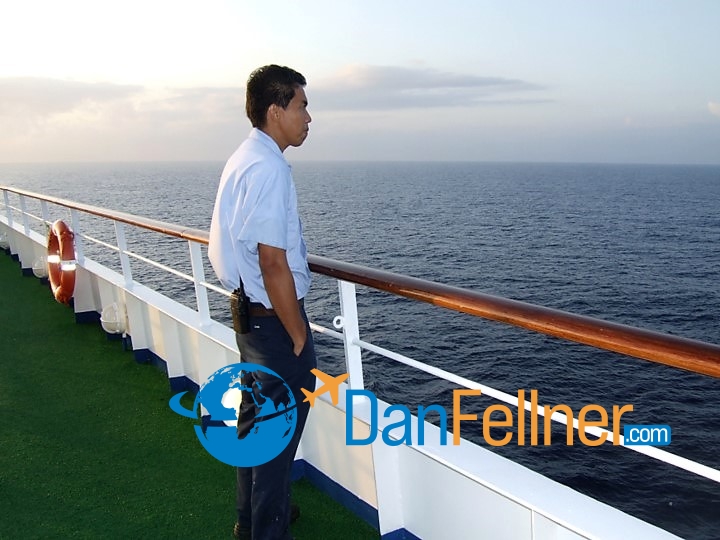
A Silver Wind security guard watches for pirates in the Indian Ocean off the coast of Africa.
We’re sailing the Indian Ocean off the east coast of Africa, only 200 miles from Somalia, and the Silver Wind is on the lookout for pirates.
The security guard stops for a minute to answer my questions. He tells me nothing unusual happened during the course of the night, but if an unidentified vessel were to come too close to the Silver Wind, the ship had procedures in place to fend off would-be intruders. He wouldn’t specify what they were, but cruise ships have been known to use everything from high-pressure hoses to sonar weapons to repel attacks.
No such measures are needed on this particular voyage and the Silver Wind docked uneventfully later that morning in Mombasa, Kenya, completing a 16-day journey that began in Cape Town, South Africa, with stops in Mozambique, Madagascar and Tanzania.

Capt. Gennaro Arma with a welcome toast for the 200 passengers aboard the Silver Sea Silver Wind.
Somali pirates have attacked hundreds of cargo ships off the coast of Africa, raking in an estimated $30 million in ransom last year alone. Earlier this month, pirates made off with $3.2 million in ransom after releasing an arms-laden Ukrainian freighter, one of their biggest hauls ever.
As for cruise ships, pirates have tried, but have yet to successfully land a floating five-star hotel, which could potentially reap an even bigger payday.
Our ship of 200 affluent mostly European and North American passengers was carrying enough bling and cash to make any band of pirates drool, not to mention the enormous ransom a luxury cruise ship could fetch.

The Silver Wind anchored in the Indian Ocean.
In late November, the Oceania Nautica was attacked in the Gulf of Aden by two small boats carrying armed Somali pirates. Shots were fired but the Nautica was able to outrun the bandits and no one was hurt.
And three years ago, two boatloads of pirates on inflatable speedboats armed with grenade-launchers and machine guns were thwarted in an attack on the Seaborn Spirit on its way to Mombasa 100 miles off the coast of Somalia. According to passenger accounts of the attack, one grenade actually landed in a stateroom without inflicting injuries.
The cruise industry is taking the threat seriously but continues to sail in the region. “We haven’t altered any of our itineraries,” said Silversea spokesman Brad Ball, who was aboard the Silver Wind’s Cape Town-Mombasa sailing. “These waters are pretty well protected. In addition, we have our own well-trained crews and security personnel on board our vessels, and we’re continuously developing, increasing and enhancing our response capabilities to potential piracy attacks.”
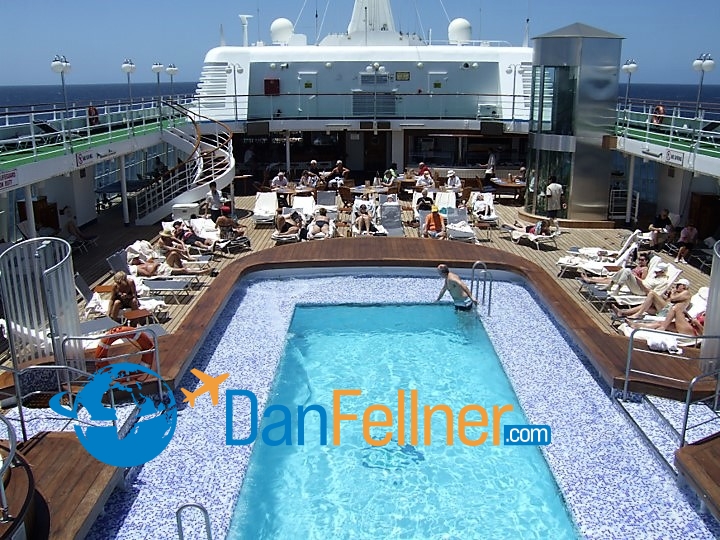
Life aboard the Silversea Silver Wind on its cruise off the coast of Africa.
Some German cruise lines have gone so far as to fly passengers in the region from one port to the next so they won’t be onboard when the ship transits the Gulf of Aden, a pirate haven that links the Indian Ocean and Red Sea. German Defense Minister Franz Josef Jung in December accused cruise lines that sail in that area of risking the lives of their passengers.
But the Cruise Lines International Association (CLIA), the Florida-based trade group representing the cruise industry, defended the continued sailing through the Gulf of Aden, saying that cruise ships that traverse the area do so within a prescribed “Maritime Safety Protection Area,” which is patrolled by military forces from several countries.
“All CLIA members have thorough security protocols in place including anti-piracy measures that help to ensure the safety of their passengers and crew while they enjoy a cruise vacation,” CLIA said in a statement. ”
Additionally, CLIA members maintain an extensive network of intelligence gathering among government and private sources. Based upon this monitoring, our industry is constantly assessing this information and any potential risks for member lines.”
All factors considered, cruise ships make much more difficult targets for pirates than cargo ships. Taking over a slow-moving container ship with a handful of crew members is one thing, but capturing a cruise ship with hundreds of passengers would be a logistical nightmare.
Pirates normally like a one-to-one ratio of captives to captors so that they can maintain control of the vessel while ransom talks take place. Cruise ships are also faster and carry a wider range of non-lethal weaponry than most cargo ships. Plus, their tall hulls make it harder for pirates to throw hooks over the side and board.
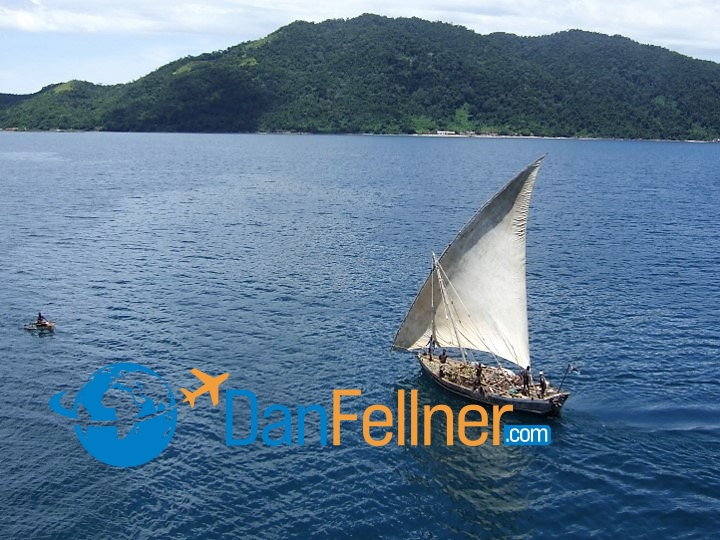
View from the Silver Wind off the coast of Nosy Be, Madagascar.
Ball said that the piracy threat hasn’t hurt bookings. “Guests who book Silversea are pretty seasoned,” he said. “They know that, unfortunately, something can happen five minutes from your house or five thousand miles from your house.”
Indeed, the passengers I spoke with seemed more worried about what time to make dinner reservations in La Terrazza, the elegant Italian restaurant onboard, or whether to forego a lecture on African politics for a dip in the pool. Even crew members who will be aboard in April when the Silver Wind is scheduled to transit the Gulf of Aden said they weren’t overly concerned.
And the only pirates I encountered during the trip were vendors at London’s Heathrow Airport on the flight home who were asking $10 for a stale sandwich or $4 for a bottle of water.
Making the region even safer is a new task force, led by the U.S. Navy’s Fifth Fleet, which just started counter-piracy operations in January. U.S. warships are now working with naval vessels from 14 different countries, including Great Britain, Russia and China.
“We want to see our industry continue to grow, so if it gives people peace of mind knowing that there’s a task force out there that is watching the seas in a known trouble spot, we support it 100 percent,” said Ball.
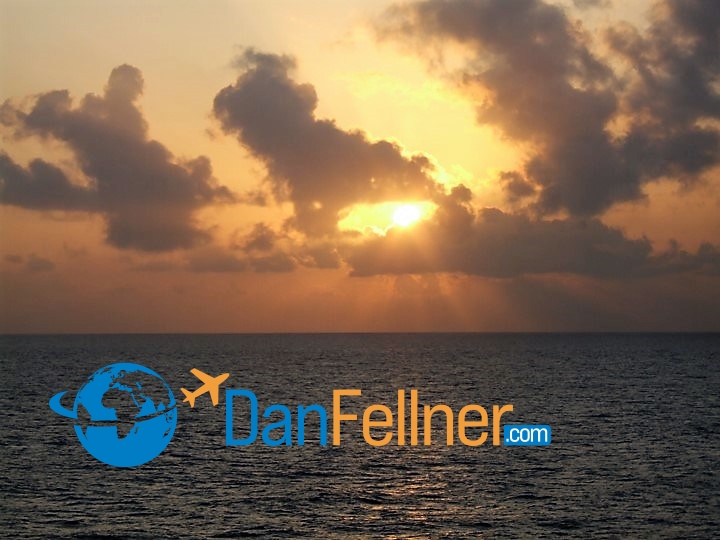
Sunrise off the coast of east Africa.
©2009 Dan Fellner

